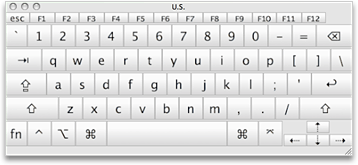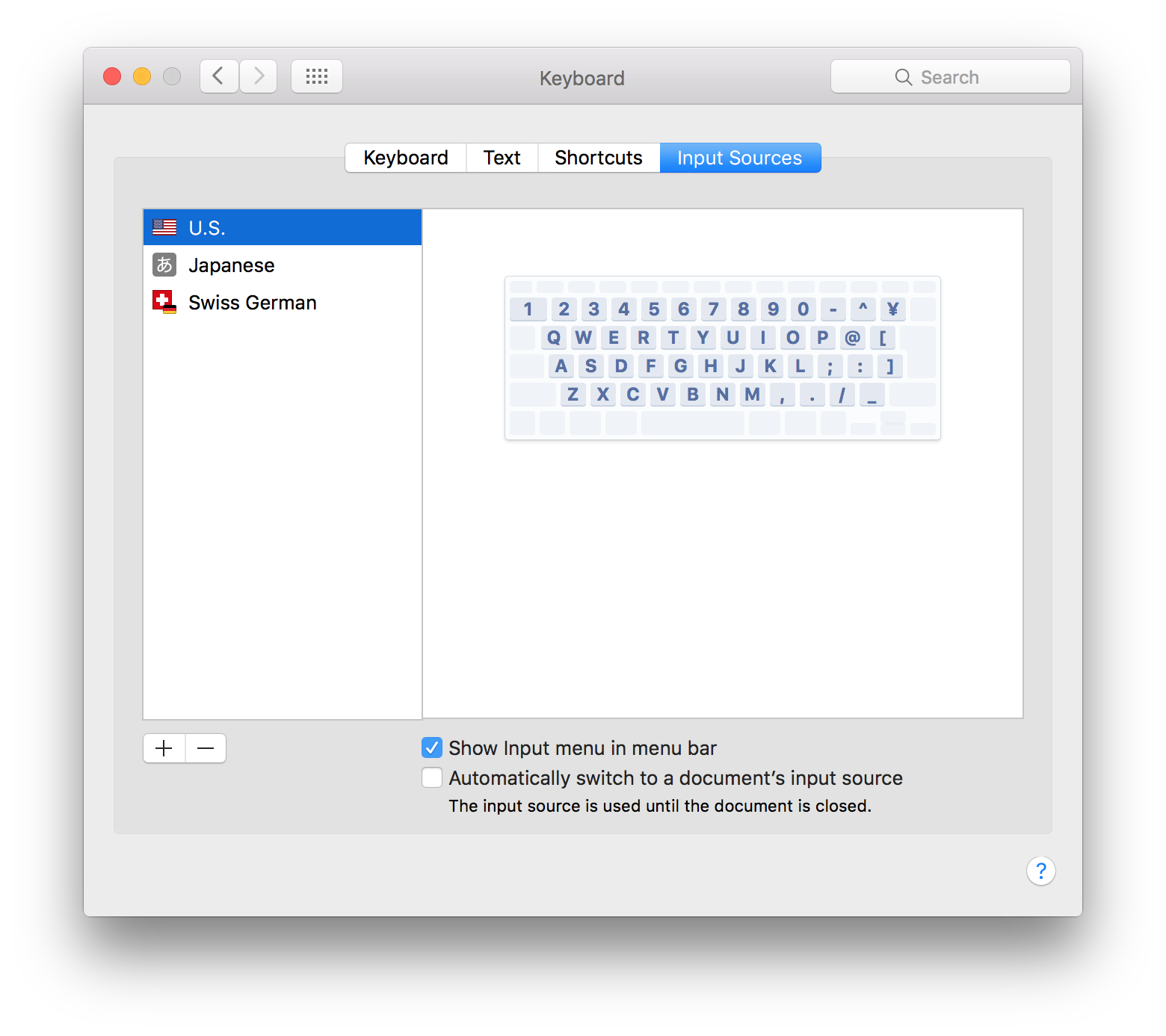

Normalizing strings means we need to use tonos and not oxia. To support oxia we would have to not normalized strings which, as mentioned above, is a key piece of the DP Unicode design philosophy. Many view this as incredibly shortsighted of the Unicode Consortium, but here we are. This means that anytime we NFC normalize a string containing oxia codepoints we will get a string with tonos instead. Without normalization we would have no way to say ä is supported but ẍ is not.įor Greek, Unicode specifies that the oxia and tonos versions of the characters are canonically equivalent and when canonically normalized, oxia codepoints are replaced with their tonos equivalents. To make this restriction work we need to NFC normalize strings so we have a small and known set of characters to restrict down to. On page save in the proofreading interface the proofreader is notified of invalid characters before they save the page.

On project load the characters are filtered out. Characters that aren't in these character suites will never be saved into the project. We have implemented this by allowing projects to specify the character suites they support (note: initially this will just be the Basic Latin character suite). This ensures that proofreaders don't pull in similar-looking, but not identical, characters. Instead we want to add guide rails for each project to limit the possible characters used. Normalization, specifically NFC normalization, is critical to how DP has implemented Unicode.Īt DP we don't want to enable proofreaders to put literally any Unicode character into a page. This enables things like normalizing "a + umlaut" into ä. Because there are multiple ways to encode a single character in Unicode, Unicode supports normalizing strings. Unicode has the idea of canonical equivalence, where two characters are considered "the same". Each of these have their own set of Unicode codepoints.įrom the above it seems obvious that at DP we would want to use the oxia Unicode characters, as most of the books we are likely to run into will be using the polytonic Greek. Polytonic Greek uses the oxia forms - this is where we find not only the above two, but also, the grave accent, the circumflex, and rough and smooth breathing marks. Monotonic Greek uses the tonos forms, and is limited to the acute accent ( ´) and the diaeresis ( ¨). Greek has two vowel accent forms: oxia (aka: acute) and tonos. Monotonic Greek is very new, officially, having been imposed by law in 1982, though the simplification started much earlier in the 20th century. There are two forms of Greek: polytonic and monotonic. This page discusses why but it really boils down to Unicode forcing our hand. Given extensive research and conversation, we chose to support tonos Greek letterforms during the proofreading arounds at DP, leaning on the Post-Processors to convert back to the oxia/accute ones.


 0 kommentar(er)
0 kommentar(er)
